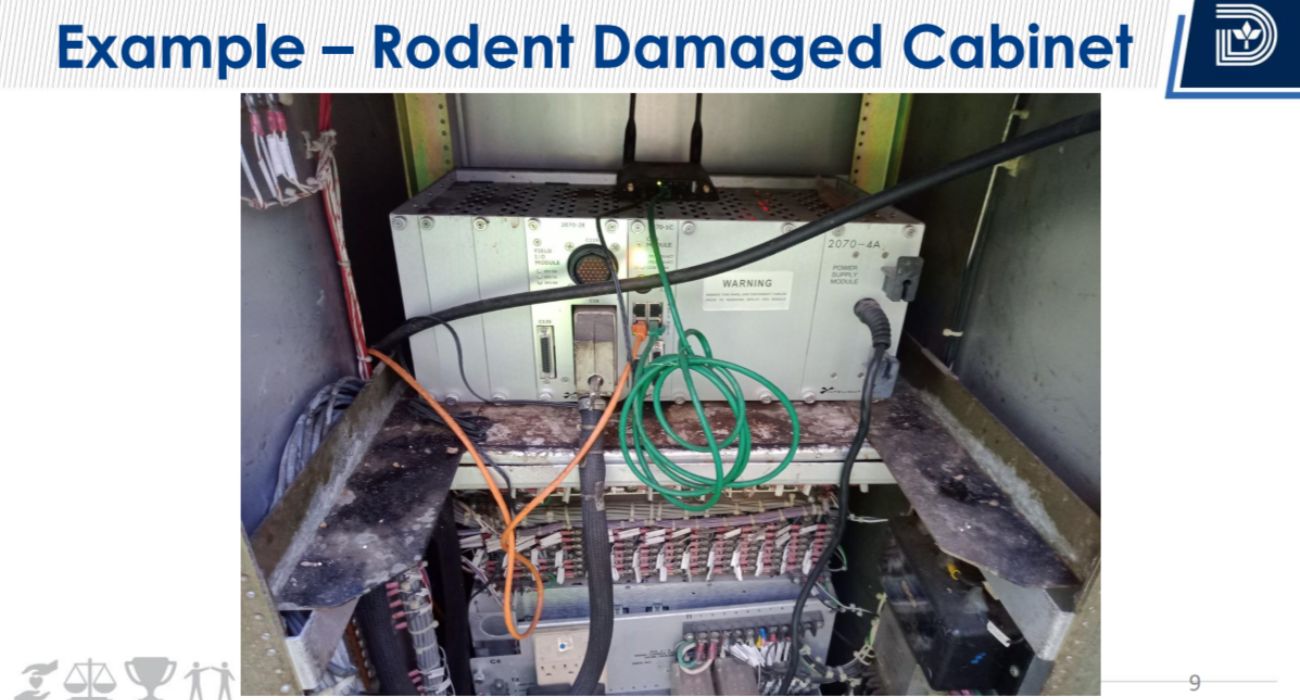An unintentional and often unrecognized connection exists between giving food to the homeless and traffic light outages.
Generous citizens of Dallas often want to help the homeless by providing them with food, but that can frequently have unintended negative consequences. Food and the trash that accompanies it often get left out on the street and attract rats. The rats then chew through the wiring of traffic lights, which causes the already congested city traffic to move even slower.
This issue was raised by Office of Homeless Solutions Director Christine Crossley and District 13 City Council Member Gay Donnell Willis during a recent online community listening session on homelessness.
“That seems like a pretty far-fetched jump, but it’s not,” said Crossley. “Some of the street light outages that you see across Dallas that are annoying you because now you’re sitting in 20 minutes of traffic at a four-way stop are because people have been leaving food, and the food attracts rodents that chew through the wiring. It really has larger impacts that I think people don’t think about.”
The issue of rodents chewing away at traffic signal infrastructure was brought before the City Council by staff last year.
Ghassan Khankarli, director of the Transportation Department, said at the time that rodents damage traffic signal cabinets and the electronics inside.

Willis said that street trash accumulates and must be cleaned up on the taxpayer’s dime.
“You could put a wastebasket out there, but the reality is things just seem to hit the curb or the street, and then we see litter,” she said. “It’s those of us who give at the street that are generating that litter, and now we’re having to pay more to clean that up.”
Willis said the City should “educate” people on this issue and “direct those funds into a greater purpose.”
She added that her colleague, Council Member Cara Mendelsohn, advises people who do give food and clothing to the homeless to return to the location within two days to pick up any containers that may have been discarded.
Furthermore, Crossley noted that most panhandlers whom generous citizens try to help are not really homeless. As previously reported by The Dallas Express, only about 20% of panhandlers in Dallas are actually homeless, according to the City.
“I watch people park and take five or six boxes of pizza over to people who are sitting there whom I know are not homeless because we’ve done a lot of work with them. Our outreach team knows them really well,” she said. “That’s nice that you’re wanting to help … but then you get pizza boxes that are left, and you get rodents attracted to the pizza, and then what you get, which people don’t think about, is rodents chewing through street lights.”
Crossley said a local pastor she spoke to remarked, “I get mad when I see all this trash out there, but I never think about whose trash it is. And if we’re dropping off tubs of food and clothing, we’re the ones who put the trash out there.”
Rather than giving directly to panhandlers, which Crossley said can incentivize people to continue living on the street, the City encourages Dallasites to donate to organizations that offer supportive services to the homeless through its Give Responsibly campaign.
The Dallas Express reached out to both Council Member Willis and Council Member Mendelsohn for a statement, but neither responded by press time.
Homelessness and vagrancy remain “major” concerns for Dallas residents.
In San Antonio, the nonprofit Haven for Hope has shown success with its “one-stop-shop” strategy that offers housing in conjunction with required cooperation with services such as addiction rehabilitation or mental health treatment. This is achieved through a partnership with the City of San Antonio.
The City of Dallas has yet to pursue this type of strategy, despite it polling favorably among Dallas voters.


